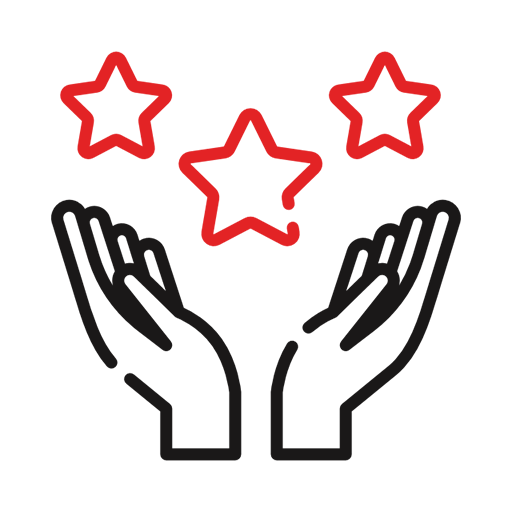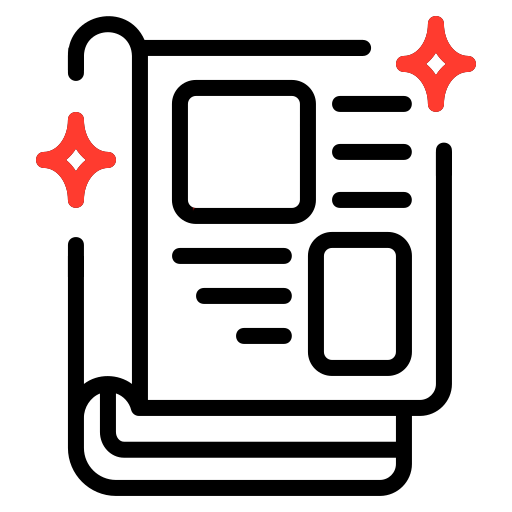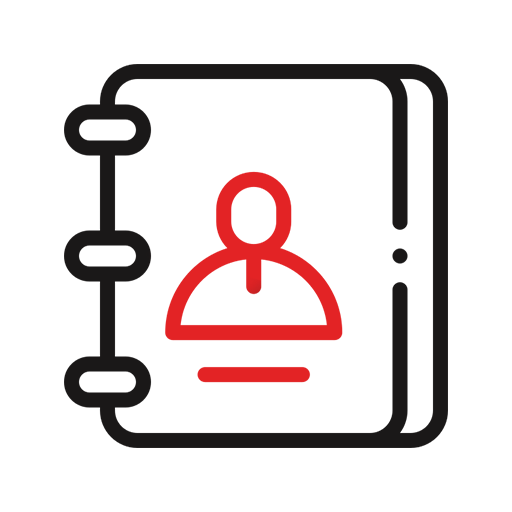In video analytics scenarios like Safe Cities, Access Control, or Retail AI facial recognition software only performs at its best when the cameras are set up correctly. You can have world-class facial recognition algorithms, premium servers, and top-tier cameras — but one misaligned lens or wrong exposure setting can bring the entire AI facial recognition system down.
Here are two true stories where poor camera setup didn’t just cause hiccups — it completely derailed multi-thousand-dollar projects.
❌ Story #1: “Smart” Traffic Lights That Never Worked

A city project set out to launch smart traffic lights equipped with built-in cameras to monitor situations and recognize faces on city streets. But despite the ambition, the execution fell short: the cameras were installed and configured “by eye,” without proper planning, calibration, or performance testing for AI facial analysis.
Unsurprisingly, the AI facial recognition system performed poorly during acceptance tests — especially in the evening, when backlighting and bad weather significantly degraded image quality and AI face identification accuracy.
A thorough review of interim system data could have exposed the flaws early on. But under heavy workload, the contractors didn’t have the time for in-depth analysis.
The result? A 9-month pilot from June 2023 to March 2024, 15,500 US dollars spent — and no viable product. The project was declared unsuccessful, and the team failed to enter the market with a working smart traffic light solution.
❌ Story #2: Face Identification in a Mall = Lost Contract + Fired PM

An AI facial recognition system was set to launch in a major shopping and entertainment center. The project dragged on for over a year and cost 17,600 US dollars. The cameras were installed according to plan, but the settings — exposure, noise reduction, resolution — were adjusted “by eye” by the project manager. No full-scale system checks. No performance validation. Just a quick confirmation that some AI face matches were coming through — and the team moved on.
But on testing day, reality hit. The client ran 50 control walkthroughs. AI face identification failed to perform — and so did the project. The contract was canceled, and the project manager was suspended.
These projects didn’t flop due to bad facial recognition algorithms or weak hardware — they failed just because camera placement and settings weren’t properly validated for facial recognition tasks.
We’ve seen this story too many times. In our hands-on work with both outdoor and indoor video analytics projects, even small camera mistakes could lead to massive recognition failures. That’s why we dug deeper and identified 14 critical factors that directly impact performance of AI facial recognition technology:
1. Network Bandwidth
2. Hardware Stability
3. Camera Resolution
4. Camera Sensor Quality
5. Video Analytics Server Performance
6. Quality of Reference Photos
7. Vibration (Wind, Vehicle Movement)
8. Weather Conditions (Rain, Fog, Snow)
9. Distance to Target
10. Crowd Density
11. Speed of Movement
12. Backlighting (Sunlight, Reflections)
13. Camera Angle and Position
14. Illumination Level (<200 lux)
2. Hardware Stability
3. Camera Resolution
4. Camera Sensor Quality
5. Video Analytics Server Performance
6. Quality of Reference Photos
7. Vibration (Wind, Vehicle Movement)
8. Weather Conditions (Rain, Fog, Snow)
9. Distance to Target
10. Crowd Density
11. Speed of Movement
12. Backlighting (Sunlight, Reflections)
13. Camera Angle and Position
14. Illumination Level (<200 lux)
Read the full breakdown in our article: 14 Factors You Can Control to Improve Face Recognition Efficiency in Safe Cities.
Trying to account for all of these manually? Practically impossible. It takes expert-level training, meticulous tuning, and a ton of time — something most integrators don’t have.
So we built 3DiVi Cam QA — an automated camera setup assessment tool that analyzes live or archived footage and generates a report across 19 key parameters, with clear recommendations to optimize camera placement and configuration for the best facial recognition performance.
Today, 3DiVi Cam QA is already helping integrators protect their deals, clients, and reputation. Want to see how it works? Let’s connect.































